#john laurie
Explore tagged Tumblr posts
Note
I've looked for this everywhere and can't find it, but I remember recently reading that David imitates several famous Scottish persons in the bodysnatchers episode. Do you happen to know who they are? I think maybe this was in an interview?
Hiya! :) The Prime X-Ray trivia says: Neil Gaiman suggested that people might complain that we never let David Tennant do his natural Scottish accent, so Neil thought it would be fun if David Tennant did as many Scottish accents as possible through the course of this chapter. David Tennant plays, from here on in, a variety of Scottish accents. From Iain Cuthbertson (‘Sutherland’s Law’, ‘Doctor Who’) to John Laurie (‘Dad’s Army’).
I am currently behind on interviews I'm afraid if he talked about more of them :) <3
#good omens#gos2#season 2#fun fact#John Laurie#ian cuthbertson#david's sciottish accent#david tennant#bts#2ep3#victorian minisode#1827 minisode
317 notes
·
View notes
Text

John Laurie (British, 1916-1972), Cocktail Hour, 1936. Oil on canvas, 137 x 91 cm. Perth Art Gallery
95 notes
·
View notes
Text

#tv shows#tv series#polls#dad's army#arthur lowe#john le mesurier#john laurie#1960s series#british series#have you seen this series poll
39 notes
·
View notes
Text







The Reptile (1966) John Gilling
October 18th 2024
#the reptile#1966#john gilling#ray barrett#jennifer daniel#noel willman#michael ripper#jacqueline pearce#john laurie#marne maitland
10 notes
·
View notes
Text


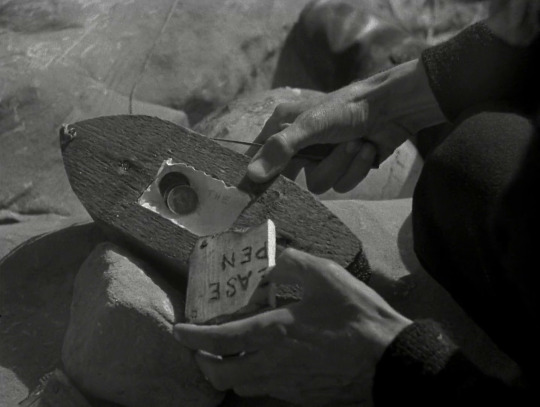
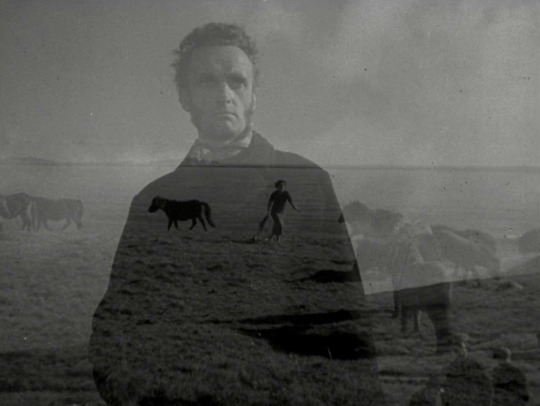


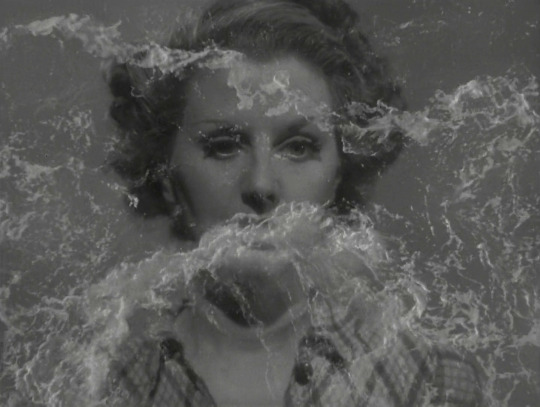

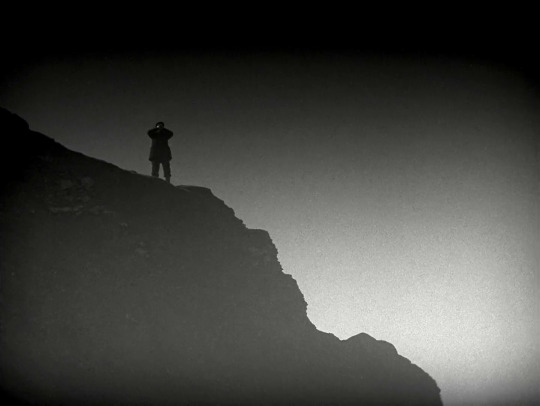
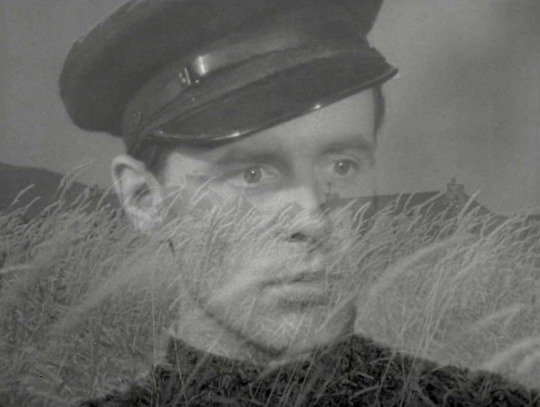
The Edge of the World (Michael Powell, 1937).
#the edge of the world#the edge of the world (1937)#michael powell#john laurie#Belle Chrystall#Monty Berman#Skeets Kelly#Ernest Palmer#Derek N. Twist#Robert Walters
31 notes
·
View notes
Text
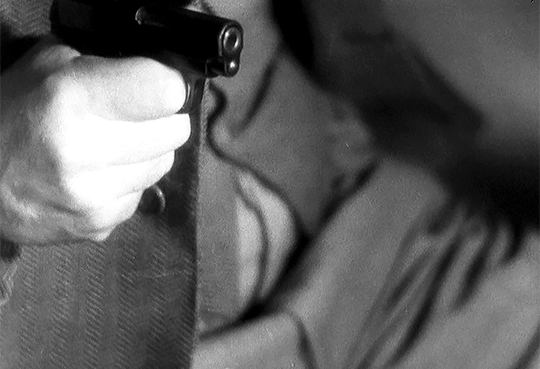
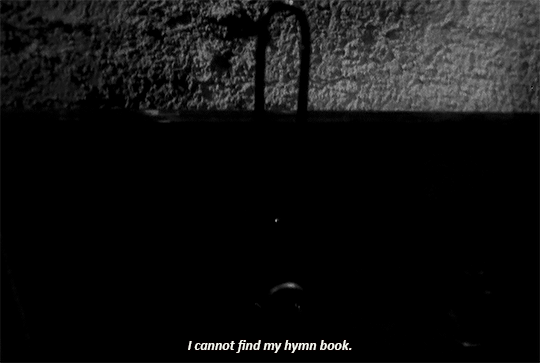

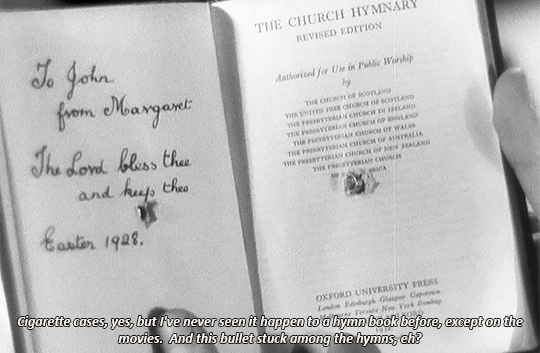
#The 39 Steps#classics#Alfred Hitchcock#Richard Hannay#John Crofter#Sheriff Watson#Robert Donat#John Laurie#Frank Cellier
8 notes
·
View notes
Text

#Burgess Meredith#John Laurie#Mine Own Executioner#1940s#film noir#British cinema#black and white#tw: mental illness
2 notes
·
View notes
Text
THE REPTILE (1966) Reviews of Hammer snake woman horror
‘What strange power made her half woman – half snake?’ The Reptile is a 1966 British horror film about villagers dying from mysterious snake bites which the coroner deems to be heart attacks until a family of newcomers starts an investigation. Directed by John Gilling (back-to-back with The Plague of the Zombies) from a screenplay by John Elder [Anthony Hinds]. The Hammer Film production stars…
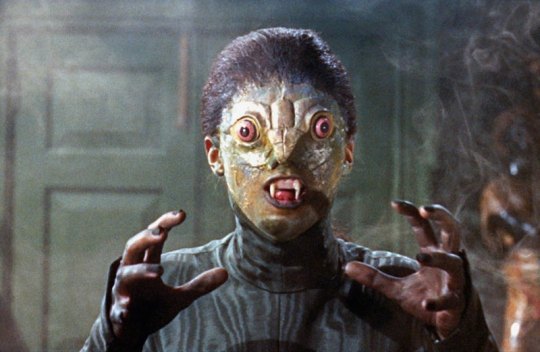
View On WordPress
#1966#British#Hammer horror#horror#Jacqueline Pearce#John Gilling#John Laurie#Michael Ripper#movie film#review reviews#snake woman#The Reptile
3 notes
·
View notes
Text
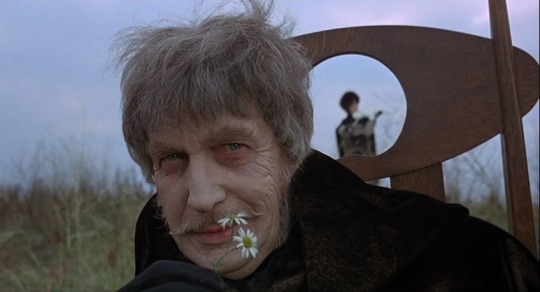
The Abominable Dr. Phibes (1971)
In the late 1950s and 1960s, American International Pictures (AIP) was a minor Hollywood studio with an outsized reputation. AIP, which made nothing but low-budget pictures and B-movies during its existence, focused on cornering the market for teenagers and young adults. Rather than making an endless string of superhero movies, AIP instead relied on its Beach Party series and related films (1963-1967) and inexpensive horror movies (usually involving producer/director Roger Corman). One of AIP’s mainstays for its coterie of horror films was none other than Vincent Price. A longtime character actor for 20th Century Fox, Price had only begun to regularly feature in horror films beginning with House of Wax (1953). From there, he became a regular on AIP’s Edgar Allan Poe adaptations (very loose adaptations, mind you) under Corman’s direction. No matter how dastardly Price’s characters schemes were in his numerous horror films, Price’s almost effortless charm always pored through, to the point that one cannot help but root for his schemes to succeed.
Though Roger Corman was not involved in The Abominable Dr. Phibes (Phibes rhymes with “bribes”), a portion of Price’s fans point to his performance here in the title role as the Vincent Price-iest of all. In this darkly comedic horror film directed by former production designer Robert Fuest (the 1961-1969 TV series The Avengers, director on 1970’s Wuthering Heights), the film’s deliberate campiness demands more absurd motivations, plot developments, and aesthetic choices than some viewers might be comfortable with. In short, this is not the ideal introduction to Vincent Price or AIP’s horror movies. To enjoy the first Phibes film is to be in on the joke, to accept the film’s inherent silliness.
The opening credits help set that mood. As they roll, Dr. Phibes (Price) ascends from beneath a flight of stairs, playing on organ Felix Mendelssohn’s “War March of the Priests” from Athalie. His only company in this fiendish lair are his tall, silent assistant Vulnavia (Virginia North) and his animatronic band, the Dr. Phibes Clockwork Wizards. Reported killed in a Switzerland car accident in 1921 alongside his wife Victoria, Phibes (who carries heavy facial scars and lost his speaking voice in the crash) is hellbent on seeking revenge against the British doctors who presided over Victoria’s failed surgery. Instead of going to therapy, Phibes murders the doctors instead. One after another, the doctors die in increasingly elaborate ways – each homicide inspired by one of the ten Plagues of Egypt as described in the Book of Exodus. After the third doctor dies, Scotland Yard finally begins connecting the dots under Inspector Harry Trout (Peter Jeffrey). Trout soon realizes that the deceased were all directed by Dr. Vesalius (Joseph Cotten). This revelation only begins to unearth Phibes’ wicked plot.
Elsewhere, Hugh Griffith plays a helpful Rabbi and Terry-Thomas plays one of the doctors. Derek Godfrey and John Cater play Inspector Trout’s superiors, Crow and Weaverly, respectively. Aubrey Woods, whom most know as Bill the Candy Man from Willy Wonka and the Chocolate Factory (1971), plays an eyewitness named Goldsmith.
youtube
The screenplay by William Goldstein (who returned for the sequel), James Whiton (his only major writing credit), and Fuest, is no one’s idea of sensible, intelligently structured writing. The transitions between the scenes involving Phibes, his assistant, and the victims to Scotland Yard and Dr. Vesalius are untidy. Goldstein, Whiton, and Fuest attempt to make more of a mystery out of this film than they should, but it only serves to make the investigatory half of the film as a dumping ground of expository dialogue. The scenes with Phibes are the zanier, far more interesting parts of the screenplay – even though the character can no longer speaker (the writers engineer an inexplicable workaround, but this unlikely development can have a pass in the context of this bizarre work). For the scriptural scholars among us, some of the stylish killings of the unsuspecting doctors take liberties with the stated Ten Plagues of Egypt. Though perhaps unacceptable to those demanding strict adherence to the holy texts, the thematic divergences of those murders are still so cockamamie that most viewers probably do not mind.
Dr. Phibes’ murders would make Jigsaw from the Saw series (2004-present) proud. To be clear, The Abominable Dr. Phibes is not a slasher film (a subgenre that was beginning to find its foundations by the early 1970s), but it contains elements that would become slasher hallmarks – an individual committing several revenge killings due to a past event, a sort of catharsis (in later slasher movies, sexual gratification) in the act of killing, and unusual manners of murder. Instead of horrifying the viewer with the wanton death, it is Vincent Price’s performance that keeps The Abominable Dr. Phibes within the confines of comedic horror. Due to reasons that I do not wish to spoil, Price’s Phibes scarcely makes a facial expression aside from his default, neutral gaze. His gait is deliberate and steady. Without the possibility of any facial muscular contortions or Price’s trademark smirk, so much of Price’s performance is through his eyes. From his thousand-yard stares, contemptuous gazes, world weary looks, and bemused glances, Price provides an enormous amount of the film’s soul and tenor with so little of his body. This sounds like a silent film director’s dream, but Price’s performance is a commanding one, in any era. His Dr. Phibes may not be in full control of his movements (thanks to Trevor Crole-Rees’ excellent makeup design), but Price is always fully in control of his acting. No surprise to anyone who knows Price’s work – always dependable to provide his utmost effort, no matter how dire the material.
The screenplay, nevertheless, keeps some emotional distance between the audiences and the title character. Though the film’s absurdity allows the viewer to scrap their sense of morality while watching Phibes slaughter each of the doctors, Phibes’ psychology is inaccessible until the film’s second half. The filmmakers, by not prioritizing Phibes’ mindset as much as they could, continually frame him as the villain amid bumbling detectives, the privileged victims (ensuring that the viewer cares not too much about their deaths), and the prideful Dr. Vesalius (whose hubris erodes as the film progresses, revealing his desperate humanity).
If anybody could be considered a co-lead here, that would be Joseph Cotten as Dr. Vesalius. The underrated and undermentioned Cotten, not at all known for his horror work and more for his collaborations with Orson Welles (namely 1941’s Citizen Kane and 1942’s The Magnificent Ambersons), performs ably here. Cotten replaced Price’s friend, Peter Cushing (Grand Moff Tarkin in 1977’s Star Wars, a regular as Baron Frankenstein and Van Helsing in Hammer horror movies), after Cushing fell ill. Cushing would have been ideal in the role, but never does Cotten act as if the unconvincing dialogue is beneath him, even if he doesn’t attempt to hide his American accent. As Dr. Vesalius, Cotten wonderfully inhabits his character’s desperation as his colleagues meet their ends, as if prophesied.
Set designer Brian Eatwell (1973’s The Three Musketeers, 1976’s The Man Who Fell to Earth) runs rampant with his design to Phibes’ lair. A curious combination of art deco and the garishness of 1970s colors serves the film’s ludicrousness. I am not sure how livable Phibes’ abode is – there are nary any bedrooms or any other amenities depicted – but the central chamber could be an ideal place for a raucous, demented soiree. Vulnavia’s ever-changing wardrobe in each of her scenes is also a delight, thanks to costume designer Elsa Fennell (1964’s Goldfinger, 1971’s Diamonds Are Forever). Perhaps there isn’t too much of association between campy costumes and sets with heartrending motives for murder, but that is exactly what transpires in The Abominable Dr. Phibes.
In addition, a laughably anachronistic soundtrack of swing jazz and Great American Songbook standards dot the film. I was not prepared for the appearance of either Mendelssohn’s “War March of the Priests” nor the legendary song that rounds out the closing credits. Phibes’ introduction while playing the former on organ readies the viewer not to take everything that is about to unfold seriously. For the latter song (again, I dare not spoil this), a brilliant solo trumpet takes the easily recognizable melody and swings it. Lyrically, this song’s placement in the end credits is fitting for what happens to Phibes. But I could not help but laugh the moment I heard the opening notes – a fitting send-off to a gleefully daft movie.
When The Abominable Dr. Phibes arrived in theaters, its poster showed the mutilated Dr. Phibes appearing as if he is about to kiss a woman. Above them read the tagline: “Love means never having to say you’re ugly.” This was a reference to Love Story (1970), with its (in)famous tagline and in-movie quote: “Love means never having to say you’re sorry.” The marketing for The Abominable Dr. Phibes confused audiences – was it a romance? horror? parody? – and the film struggled initially before AIP retooled its advertising to market the film as a horror film. On its low budget, the film was successful enough to warrant AIP to greenlight a sequel, Dr. Phibes Rises Again (1972). That sequel marked the beginning of the end of Price’s association with AIP, due to conflicts over his pay (while AIP’s box office fortunes were dwindling), his lack of satisfaction with the scripts coming his way (not even Price wanted to star in two Dr. Goldfoot movies in two years), and AIP’s plans to replace him with Robert Quarry as their primary horror star.
In the years since the film’s debut in cinemas, The Abominable Dr. Phibes has garnered a deserved cult status. There was no stopping Vincent Price from leaving AIP, but AIP – with their Robert Quarry plans not even a secret – somehow undervalued the actor who was their principal attraction through the 1960s. An essential in Price’s filmography, The Abominable Dr. Phibes defies genre conventions, genre categorization, and any semblance of rationality. For those looking for some bloody horror as the mercury drops, look no further than here. The first Dr. Phibes films guarantees murders with a wink and, though not a smile, an animatronic band playing hits that have yet to be composed.
My rating: 7/10
^ Based on my personal imdb rating. My interpretation of that ratings system can be found in the “Ratings system” page on my blog. Half-points are always rounded down.
For more of my reviews tagged “My Movie Odyssey”, check out the tag of the same name on my blog.
#The Abominable Dr. Phibes#Robert Fuest#Vincent Price#Joseph Cotten#Peter Jeffrey#Virginia North#Hugh Griffith#Terry Thomas#Derek Godfrey#John Cater#Aubrey Woods#William Goldstein#James Whiton#Sean Bury#John Laurie#Trevor Crole-Rees#Maurice Kaufmann#TCM#My Movie Odyssey
4 notes
·
View notes
Text
Alfred Hitchcock's 'The 39 Steps' on Max and Criterion Channel
The 39 Steps (1935), Alfred Hitchcock’s first great romantic thriller, smoothly plays the “wrong man” gambit with the light, black-humored grace that would reach its apex in North by Northwest. Robert Donat stars as Richard Hanay, an affable Canadian tourist in London who becomes embroiled in a deadly conspiracy when a mysterious spy winds up murdered in his rented flat and both the police and a…
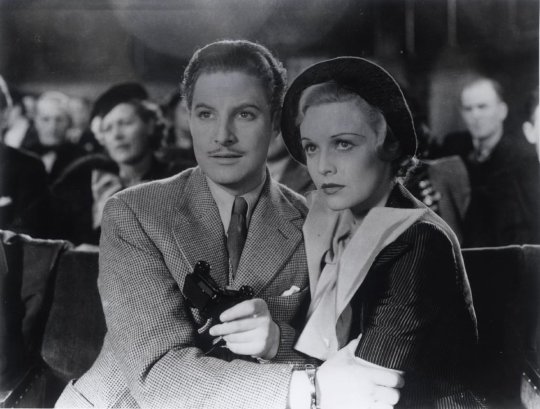
View On WordPress
#1935#Alfred Hitchcock#Blu-ray#Charles Bennett#Criterion Channel#DVD#Godfrey Tearle#Ian Hay#John Buchan#John Laurie#Lucie Mannheim#Madeleine Carroll#Max#Peggy Ashcroft#Robert Donat#The 39 Steps#VOD
3 notes
·
View notes
Text

Birthday remembrance - John Laurie #botd
5 notes
·
View notes
Text
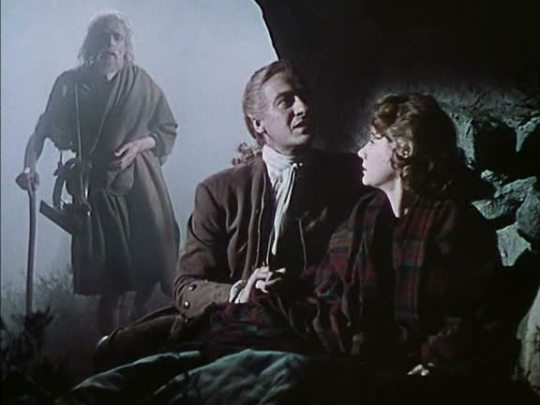
Bonnie Prince Charlie (1948)
In 1743, James Francis Edward, Prince of Wales, son of deposed King James II of England and Ireland and VII of Scotland decides he is too old to return to England to reclaim the English, Scottish and Irish crowns. Living in exile in continental Europe, he summons his son Prince Charles Edward Stuart to name him Prince Regent and entrust him with the task of reclaiming the crowns from the sitting monarch, King George II. During the succession debacle, the House of Stuart received the support of their Catholic subjects, while King George II of the House of Hanover had the support of the Protestants. Catholic France supported the House of Stuart's claim to the English, Scottish and Irish thrones. In 1745, Prince Charles Edward Stuart, affectionately known as Bonnie Prince Charlie and The Young Pretender, is finally sent to Scotland with French support to reclaim the throne from George II for the House of Stuart. With a warship and seven companions, Prince Charlie lands on a Scottish shore in great secrecy. His first task is to send word out and rally all the nobles and chieftains of all the Scottish clans. If he means to defeat the English in battle he must rally all of the Scottish clans to his cause. King George II of England gets wind of these activities, from his spies, but for the moment he is not worried. Bonnie Prince Charlie persuades all Scottish nobles and chieftains, except one, to join him in a rebellion against the English. The only dissenting Scottish nobleman argues that, without any significant French military support, the rebellion will fail. Undeterred, Bonnie Prince Charlie raises his royal standard on the 19th of August 1745 and claims the crowns of England, Scotland and Ireland in front of a gathering of Scottish nobles and chieftains. The Jacobite Rebellion has begun!~IMDB~
#Bonnie Prince Charlie#1948#film#cinema#David Niven#Margaret Leighton#John Laurie#Blind Jamie#Flora MacDonald#biography#drama#history#Scotland#1743#2nd Jacobite rising#1745#escape#Island of Skye#just watched
2 notes
·
View notes
Text

Die jungen Bewohner der Insel am Ende der Welt ziehen lieber aufs Festland, die Ernte ist spärlich, und unnötig riskante Mannbarkeitsriten tun das übrige, so daß die Einwohner (teilweise) schweren Herzens die Evakuierung beschließen. Michael Powell, der sich offensichtlich noch kein so schönen gemalten Hintergründe wie später leisten konnte, verfilmt die Geschichte der letzten Bewohner der schottischen Inselgruppe St. Kilda vor Ort auf der abgelegenen Shetlandinsel Foula, die hier aber Hirta heißt, wie die Hauptinsel von St.Kilda, sie erwähnen aber, daß die Bewohner von St. Kilda ihre Insel auch verlassen haben, es ist etwas verwirrend. Dafür ist es so schön gefilmt, daß man sofort hin möchte, und außerdem freuen wir uns, daß es immer noch Michael-Powell-Filme für uns zu entdecken gibt.
#The Edge of the World#Finlay Currie#Belle Crystall#Niall MacGinnis#John Laurie#Film gesehen#Michael Powell
0 notes
Text
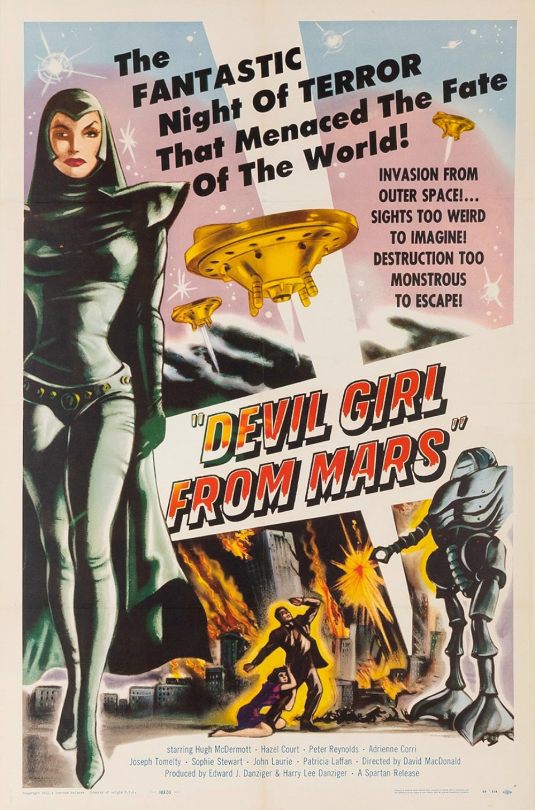
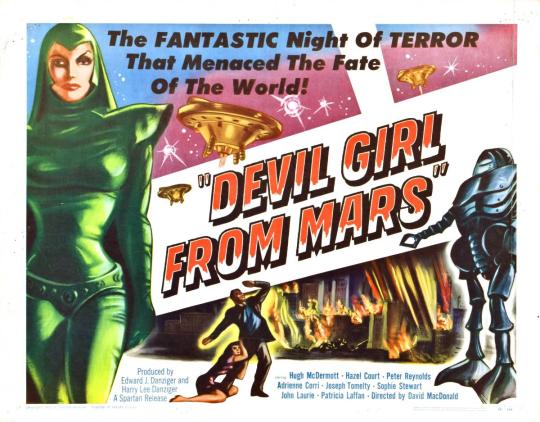


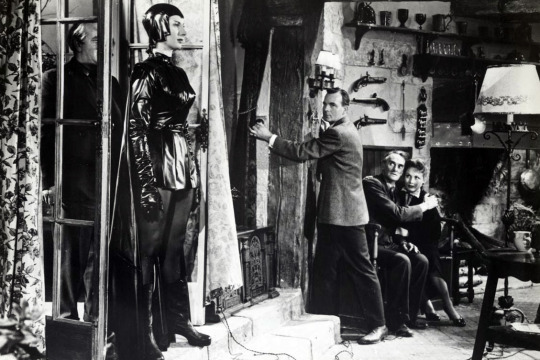
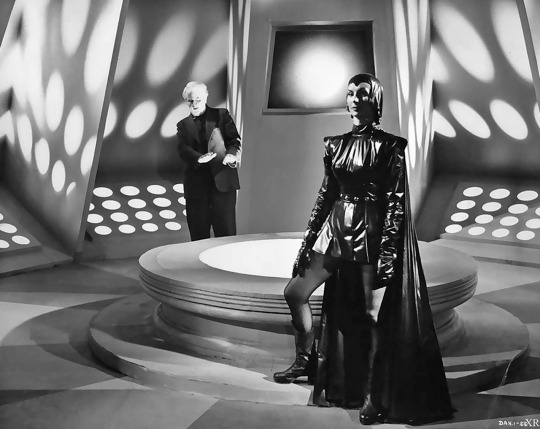

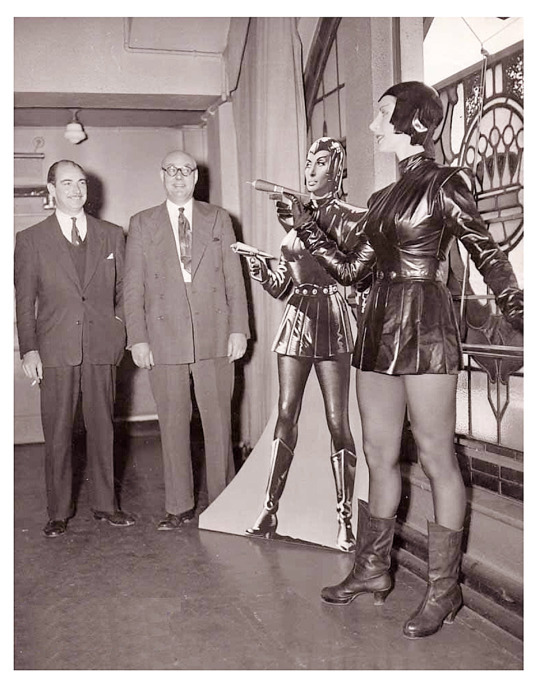
Devil Girl from Mars (1954) David MacDonald
February 3rd 2024
#devil girl from mars#1954#david macdonald#patricia laffan#hugh mcdermott#peter reynolds#hazel court#adrienne corri#joseph tomelty#john laurie#sophie stewart#anthony richmond
2 notes
·
View notes
Text
1 note
·
View note
